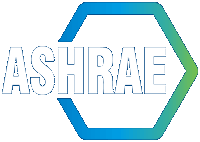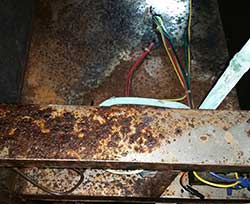
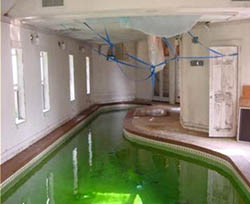
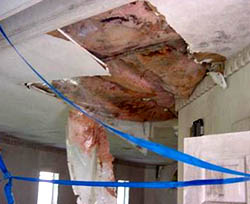
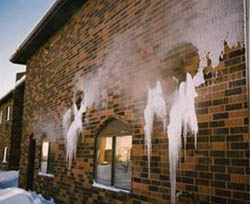
In past decades, humidity control for an indoor swimming pool was to bring in outside air while pushing the warm humid air outside with large exhaust fans. This process only worked effectively when the outside air temperature was cool and dry enough to allow for humidity control. This type of system is not only undependable, but it is the most expensive to operate in a pool enclosure because it cannot consistently maintain the required 50-60% relative humidity (RH) levels. When compared to conventional ventilation or “waste ventilation” systems, recycling and dehumidifying pool enclosure air with a mechanical dehumidifier can save 50-75% on energy costs, maintain the 50-60% RH required by ASHRAE, and provide 100% room heating, air conditioning and pool heating.
Humidity control in an indoor pool enclosure is a complex endeavor involving many parties and disciplines. DXair has taken a very unique approach to high humidity envelopes. As a design/engineering and consulting firm, our primary focus is on the initial design of the structure (for new construction). We believe preventing problems at the design stage is considerably less expensive than correcting problems which occur “downstream”.
In order to ensure the pool enclosure is protected from damage that can be caused by excessive humidity and condensation, the building envelope must be designed to perform to a much higher standard than structures intended for other uses. For a successful application of dehumidifiers, it is crucial that all of the parties involved, from architects to builder to mechanical contracting firms be aware of the importance of the preventive measures that are taken in the planning stages BEFORE applying dehumidification systems to the equation.
Check out the Design Guideline Bulletins for more information…
